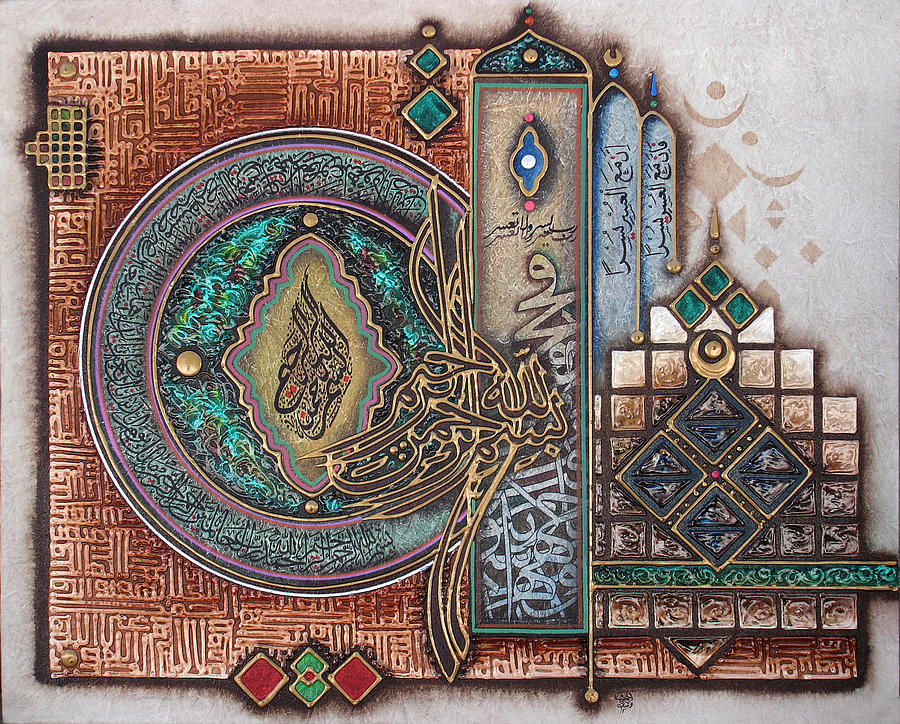Arab culture has a long and vibrant history. It is usually packed with rich customs, art, music, plus stories that possess reached people across the world. Right now, our view associated with Arab culture will be largely shaped by media—movies, Television shows, cultural media, and more. How Arab culture appears in multimedia impacts how people see and know the region. Regarding this reason, examining how media portrays Arab culture, whether or not accurately or by way of stereotypes, is extra important than in the past.
This specific article explores the particular journey of Arab culture in media today, its impact, and what typically the future holds.
Typically the Evolution of Arab Culture Representation throughout Media
Historical Situation of Arab Multimedia Portrayal
Within the early days, media generally painted Arab culture with a broad brush. Western movies and TV exhibits frequently showed Middle easterns as villains or even stereotypes. Think of Movie films where Middle easterns are depicted since terrorists or oil-rich sheikhs. These portrayals fueled stereotypes plus misunderstandings. Similarly, inside some Eastern media, Arab characters were often limited or even exaggerated for enjoyment.

But the field started changing after the 2000s. With the rise associated with social media in addition to streaming platforms, extra voices from the Arab world started out sharing their reports directly. Arab filmmakers, actors, and influencers gained prominence, competing tired stereotypes. This particular digital shift opened new doors intended for authentic stories.
Changeover from Stereotypes in order to Authentic Narratives
Although stereotypes persisted intended for decades, recent decades have experienced a press for further realistic, nuanced depictions of Arab culture. Writers and even creators now target on showing Arab communities’ diversity, battles, and achievements. Genuine characters with detail and backgrounds will be replacing one-dimensional images.
This shift isn’t just about increasing the diversity in testimonies. It’s about providing Arab voices charge of their own narratives. Audiences now need to see actual life, not caricatures.
Essential Milestones and Switching Points
Certain movies and TV series have played crucial roles in altering perceptions. For illustration, the Egyptian motion picture "Clash" (2016) obtained international praise for portraying the personal unrest in Egypt without stereotypes. The particular Palestinian series "Omar" broke ground along with its honest storytelling about conflict. Websites like Netflix today offer shows like "Ramy, " which often presents a modern Muslim-American experience.
Arabic filmmakers like Nadine Labaki and Khaled Youssef have built waves by generating films that show off Arab lifestyles plus issues. https://www.oaza.pl/articles/kultura-arabska-sensualnosc.html proves that
Arabic stories can be powerful, relatable, and globally appealing.
Arab Traditions in Film and Television
Representation regarding Arab Identity and Stereotypes
Many videos and shows still rely on clichés. Arabs are frequently shown as rich sheikhs, terrorists, or perhaps oppressed women. These kinds of images aren’t correct for the majority of Arabic communities. However, creators are pushing backside against these images.
Today, we notice Arab characters together with complex personalities—people with dreams, flaws, and strengths. These testimonies paint a far more sincere picture of Arab identity, deteriorating beliefs.
